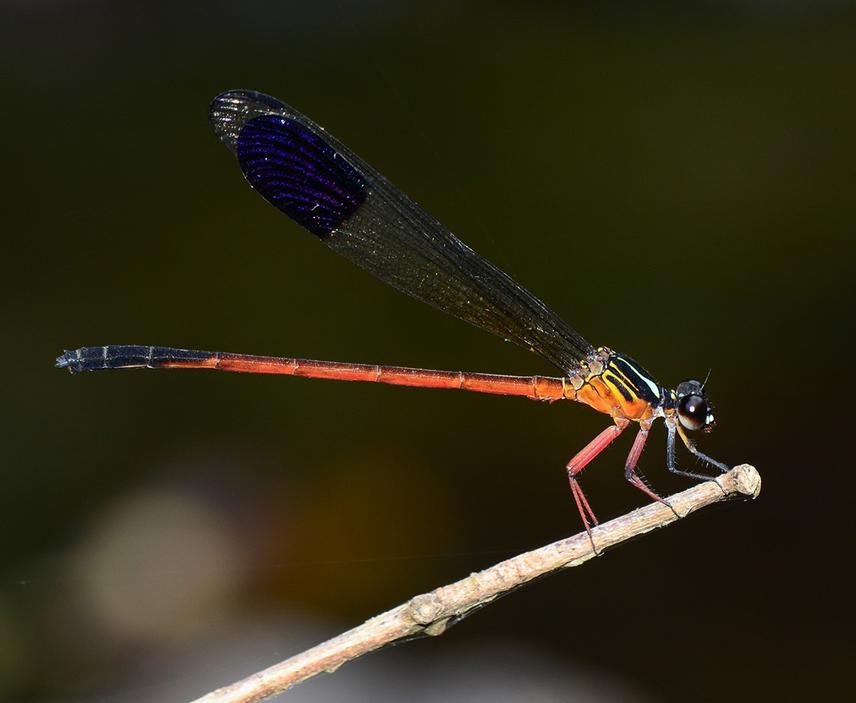Shantanu Joshi
India is home to over 500 species of odonates. But these species are in danger, as freshwater habitats are degrading rapidly. Odonates are considered ideal for monitoring ecological health of freshwater habitats, but there has been no significant research in India over which species could potentially be used as bio-indicators. We plan to approach this question in two ways: 1) study odonate communities, water quality across different habitat gradients, and 2) build a database of odoante distributions across Western Ghats from published literature and other sources such as GBIF.

Biodiversity monitoring is essential in understanding how global issues like climate change, habitat loss, deforestation and pollution are affecting natural ecosystems, which will help to make informed conservation and management decisions. Freshwater ecosystems are most severely affected by above-mentioned threats and are in urgent need of attention. Odonates have aquatic larvae, sensitive to an array of environmental variables such as presence and type of aquatic vegetation, water flow, and substrate. Identification up to species level is possible in most cases, which allows researchers to compare species assemblages across localities effectively. About 193 species of odonates occur in Western Ghats, although base-line data is available on most species, their ecology is poorly understood.
In this study, we plan to study odonate assemblages across different habitats to understand traits such as habitat preferences and sensitivity to disturbance. Main focus of our sampling will be four rivers in the state of Karnataka. These rivers, although being quite similar and to each other, have been altered by human disturbances differently. Kali and Sharavathi are two rivers on which large dams have been built and they have been affected by urbanisation in several stretches. Comparatively Agnashini and Bedti are relatively free of any obstructions to their flow and significant distubances. These rivers are part of the same basin and are similar in terms of ecologically significant traits such as elevation and annual rainfall. Studying differences in odonate communities across rivers and also across different stretches of each river will be helpful in understanding response of odonate communities to various human influences.
Additionally, we plan to create a database of odonate distributions across Western Ghats using literature, various online sources (such as www.indiabiodiversityportal and www.indianodonata.org), and data from our own fieldwork. Both our focused study and database will be analysed to better understand distribution patterns of odonate species and test their applicability as bio-indicators in Western Ghats.